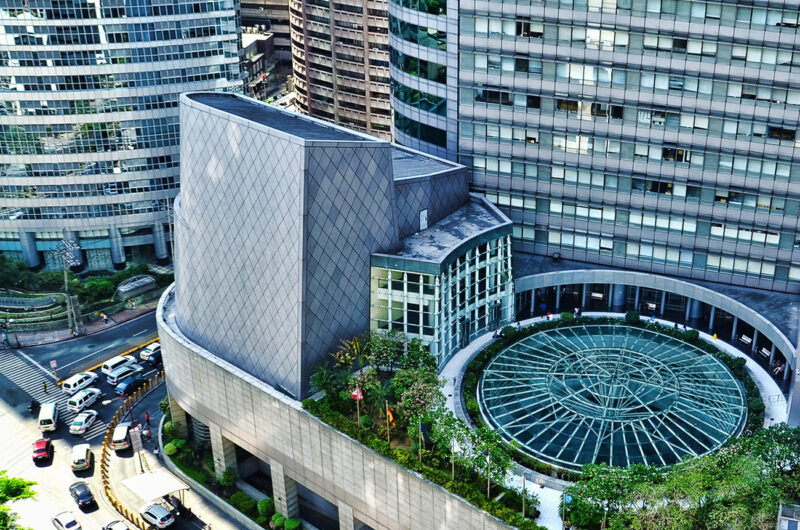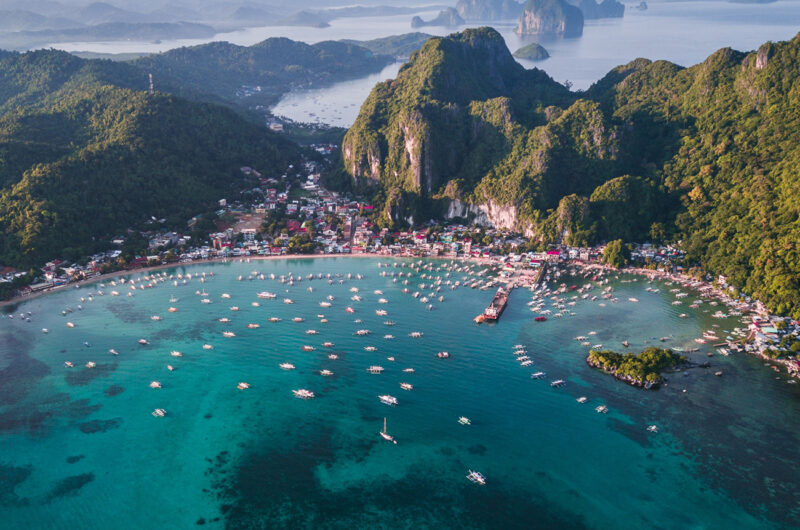The Philippines, officially the Republic of the Philippines (Filipino: Republika ng Pilipinas),is an archipelagic country in Southeast Asia. It is situated in the western Pacific Ocean and consists of around 7,641 islands that are broadly categorized under three main geographical divisions from north to south: Luzon, Visayas, and Mindanao. The Philippines is bounded by the South China Sea to the west, the Philippine Sea to the east, and the Celebes Sea to the southwest. It shares maritime borders with Taiwan to the north, Japan to the northeast, Palau to the east and southeast, Indonesia to the south, Malaysia to the southwest, Vietnam to the west, and China to the northwest. The Philippines covers an area of 300,000 km2 (120,000 sq mi) and, as of 2021, it had a population of around 109 million people, making it the world's thirteenth-most-populous country. The Philippines has diverse ethnicities and cultures throughout its islands. Manila is the country's capital, while the largest city is Quezon City; both lie within the urban area of Metro Manila.


The Philippines has a tropical maritime climate that is usually hot and humid. There are three seasons: a hot dry season from March to May; a rainy season from June to November; and a cool dry season from December to February. The southwest monsoon lasts from May to October and the northeast monsoon from November to April. Temperatures usually range from 21 °C (70 °F) to 32 °C (90 °F). The coolest month is January; the warmest is May.
The average yearly temperature is around 26.6 °C (79.9 °F). In considering temperature, location in terms of latitude and longitude is not a significant factor, and temperatures at sea level tend to be in the same range. Altitude usually has more of an impact. The average annual temperature of Baguio at an elevation of 1,500 meters (4,900 ft) above sea level is 18.3 °C (64.9 °F), making it a popular destination during hot summers. Annual rainfall measures as much as 5,000 millimeters (200 in) in the mountainous east coast section but less than 1,000 millimeters (39 in) in some of the sheltered valleys.
Sitting astride the typhoon belt, the islands experience 15–20 typhoons annually from July to October, with around 19 typhoons entering the Philippine area of responsibility in a typical year and 8 or 9 making landfall. Historically typhoons were sometimes referred to as baguios. The wettest recorded typhoon to hit the Philippines dropped 2,210 millimeters (87 in) in Baguio from July 14 to 18, 1911. The Philippines is highly exposed to climate change and is among the world’s ten countries that are most vulnerable to climate change risks.
Good to Know
Read the basic info and also some fun facts about Philippines! Here you will find everything you should know about the ‘’The Pearl of the Orient’’!
Tourist Attractions
Philippines have lots of breathtaking natural wonders. You can island hop via reliable transports and get affordable tour packages.
Leave a Reply
Do you have some comments or questions for us? We’d love to hear from you! Don’t be shy! Feel free to drop us a message!










